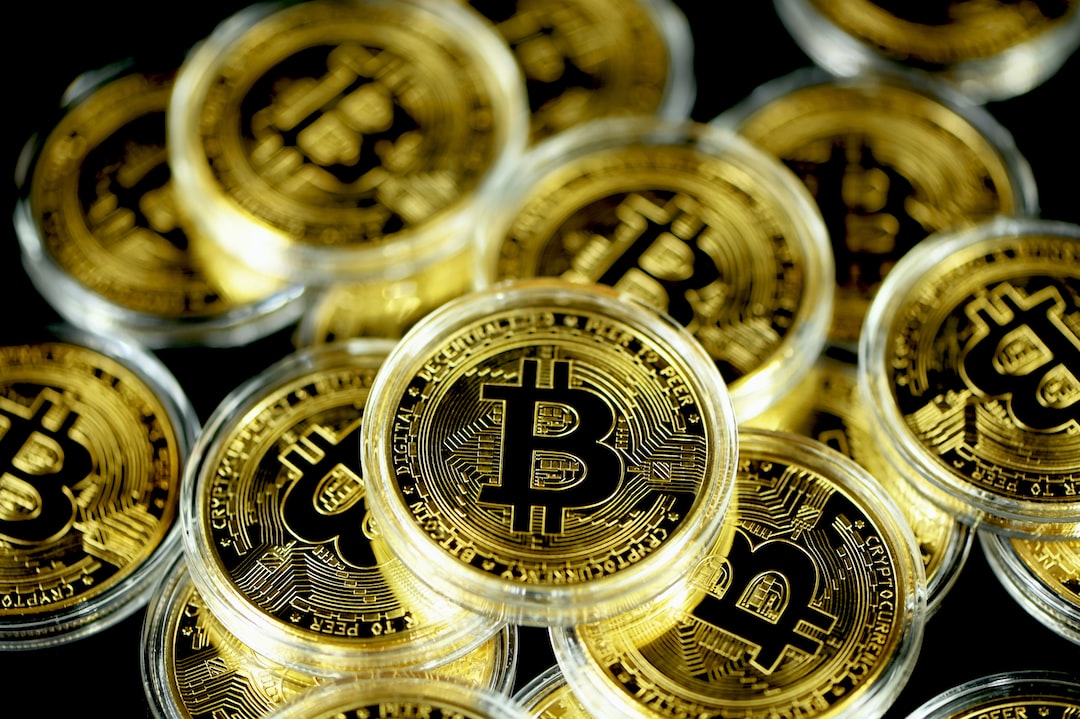The Vulnerability in Bitcoin’s Infrastructure
The United States has taken a keen interest in the cybersecurity aspects of Bitcoin, particularly focusing on a vulnerability that emerged with the Ordinals Protocol in 2022. The National Vulnerability Database, overseen by the National Institute of Standards and Technology (NIST), has officially identified and highlighted this concern for wider dissemination.
This vulnerability is rooted in the infrastructure of Bitcoin, specifically in certain versions of Bitcoin Core and Bitcoin Knots. This inherent weakness allows data to be disguised as code, bypassing the data carrier limit.
Are Bitcoin Ordinals a Threat?
There is currently a thorough investigation into the vulnerability within Bitcoin’s network. If exploited, this vulnerability has the potential to flood the blockchain with significant amounts of non-transactional data. This influx of data can greatly increase the size of the network, impacting its performance and transaction fees.
PSA: “Inscriptions” are exploiting a vulnerability in #Bitcoin Core to spam the blockchain. Bitcoin Core has, since 2013, allowed users to set a limit on the size of extra data in transactions they relay or mine (`-datacarriersize`). By obfuscating their data as program code,…
— Luke Dashjr (@LukeDashjr) December 6, 2023
Bitcoin core developer Luke Dashjr referred to this as a “vulnerability” that is polluting the blockchain. He disclosed that these concerns have been added to the US National Vulnerability Database under the designation CVE-2023-50428.
An inscription is the process of adding extra data to a satoshi, the smallest unit of Bitcoin. This data can be in the form of text, images, or other media. Every time information is appended to a satoshi, it becomes permanently part of the Bitcoin blockchain.
I am on my flight home from Africa, where we shot another FTM in Ghana, Malawi and Kenya.
I have much to share regarding this trip, which I will do over various upcoming podcasts and films. I will say that I saw the best and worst of the world on this trip, from the beautiful… pic.twitter.com/enrdIfRmZ1
— Peter McCormack
(@PeterMcCormack) December 10, 2023
The Intensifying Inscriptions Debate
Bitcoin podcaster Peter McCormack added more context to the debate surrounding Ordinals. He emphasized that these assets do not benefit Bitcoin users and only contribute to high fees. Throughout 2023, Ordinals transactions have repeatedly congested the Bitcoin network, leading to increased competition for transaction confirmation and higher fees.
A potential solution to this problem is restricting Ordinals inscriptions on the network. When asked if this vulnerability will make Ordinals and BRC-20 tokens obsolete, Dashjr confirmed it. However, existing inscriptions would remain unchanged due to the immutability of the network.
The inclusion of these concerns in the National Vulnerability Database demonstrates that government authorities are taking cybersecurity aspects of cryptocurrencies seriously. They are actively managing the evolving digital asset landscape and its associated risks while prioritizing strong security measures.
Meanwhile, the potential censorship of Ordinals could significantly impact the price of ORDI tokens. A recent report revealed that a whale dumped nearly 60,000 ORDI tokens, worth around $3.5 million, in response to Dashjr’s statement about the vulnerability.
Featured image from Shutterstock
Hot Take: The Significance of Bitcoin’s Vulnerabilities
The identification and flagging of vulnerabilities in Bitcoin’s infrastructure highlight the importance of robust cybersecurity measures within the cryptocurrency ecosystem. As governments pay more attention to these security aspects, it is crucial for organizations and developers to address and patch any weaknesses promptly. The potential consequences of exploiting these vulnerabilities, such as flooding the blockchain with non-transactional data and increasing transaction fees, emphasize the need for constant vigilance and proactive action. By prioritizing strong security measures, the cryptocurrency industry can continue to evolve in a safe and secure manner.





 By
By
 By
By
 By
By
 By
By
 By
By